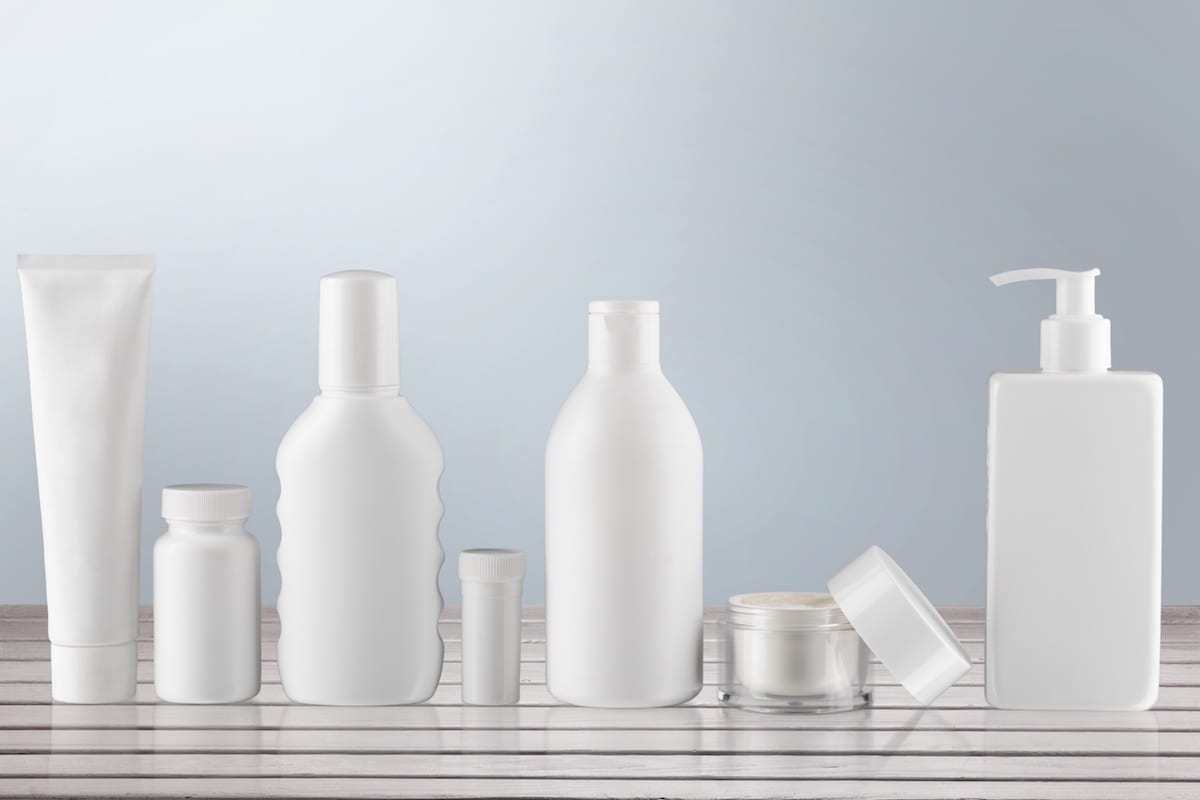By Gavin Killeen
Running a small business and remaining profitable can be a tricky tightrope. Goods must be packaged well and safely, ensuring they reach customers in good, working condition. Typically, plastic is the cheapest way to achieve this.
The problem is, an increasing number of people are making eco-conscious shopping decisions. The damage that plastic is inflicting upon the world’s oceans is a hot-button issue. With this in mind, consumers may turn their back on a retailer that relies heavily upon single-use plastics for packaging.
Let’s take a look at four options open to a small business to reduce plastic packaging use. It can be a balancing act to find a plastic alternative without impacting profitability, but it can be done.
1. Switch to Sustainable or Recyclable Plastic
The simplest solution for your business may be to ensure that you’re not using single-use plastics. If your materials can be recycled, or they’re biodegradable, you’ll be able to do your bit for the environment without breaking the bank. If you are going to take this route, however, education and research is key.
Ensure that your customers are acutely aware that you are taking steps to ensure your packaging is eco-conscious. Slipping a little literature in with your goods is advisable. It certainly is a hook to gain new clients.
Explain that the material is widely recyclable, and encourage your customers to do the right thing. That’s not a perfect solution, as question marks remain over the impact of recycling plastics. It’s one step in the right direction, though. If everybody that uses your business does their part, it’s an acorn from which a mighty oak can grow.
Look to invest in plastics that have already been recycled. You’ll be able to pick up packaging that enjoyed a former life as a plastic bottle. Just steer clear of using plastic bags unless that is strictly necessary. These are truly the enemy of wildlife, and provide needless dangers to the planet’s animal population, and an increasing amount of new landfill sites opening up.
2. Move to Pure Cardboard Packaging
Maybe the simplest – and cheapest – solution is to abandon plastic in favour of cardboard. Card is always recyclable, and it will dissolve over time. Unlike plastic, a cardboard box will not fester in the ocean for years.
If it’s not recycled, cardboard will dissolve in the comparative blink of an eye. You can even purchase pre-recycled card for additional environmental kudos.
Just be mindful of how much cardboard you’re actually using. Certain online retailers frustrate their customers by dispatching small objects in ludicrously oversized boxes. You may need to get a little creative, ensuring that you tailor your packaging needs to fit your goods. On the other hand, however, it’s a substantially more cost-effective way to deal with your packaging needs.
Ultimately, cardboard packaging is not going anywhere any time soon. You’ll find very few customers that have an issue with this material. You may need to weatherproof it a little, and find some filler material (biodegradable of course) if you can’t mould your packaging directly to your item, but it’s certainly more appealing than single-use plastics.
3. Use Food-Based Packaging
The idea of food-based packaging doesn’t sound particularly appealing on paper. It sounds potentially strange, and not entirely sturdy. We’re not talking about placing two slices of bread around your goods and calling them a sandwich. Instead, food-based packaging is made up of polymer nanomaterials devised from composted foodstuffs.
Cornstarch is a popular base ingredient. As the name suggests, this material is plucked from corn plants and provides a solid and sturdy plastic-like material. Cornstarch can be used to create plastic moulds to house goods, small fillers to pad out a box, or even a bottle or container.
If cornstarch is not an option, you could potentially consider mushroom packaging. This is arguably the most environmentally friendly solution of all, as it’s literally made from waste materials. This ensures that the costs are kept as low as possible.
Mushroom packaging is also completely biodegradable, which will be appealing to eco-conscious consumers. Just be aware that mushroom packaging dissolves quickly, so you’ll need to be efficient with your production processes.
Perhaps the biggest evolution in packaging is seaweed, though. Seaweed isn’t just biodegradable – it’s also edible. This means that many manufacturers are using it as a replacement for bottles. There will never be a shortage of seaweed, and it serves few other purposes. Seaweed may potentially become the packaging solution of the future.
4. Invest in a 3D Printer
A 3D printer may feel like an intimidating investment at first. There will obviously be an outlay to begin with, and that can be comparatively substantial. We recommend buying a used model to keep your initial costs down.
Once you have a 3D printer however, a new world of options for packaging will open up to your business. You can tailor packaging designs to fit snugly to your products, ensuring that not a single inch of material is wasted. The use of a 3D printer ensures that, if you can design a packaging solution, you can create it.
These appliances also make use of a wide range of different materials. The cheapest is Polylactic Acid, or PLA. Like the materials that we have previously discussed, PLA is made from recycled food materials (corn starch or tapioca root, in this instance.) This ensures that PLA is biodegradable and eco-approved.
You could even use a 3D printer to create packaging from nylon, if you have a steady and affordable supply. This will be water-resistant and sturdy, which makes it appealing as packaging. It’s an expensive material to purchase though, so it’s inadvisable for any business that is looking to keep balanced books.
Overall, 3D printing and the use of PLA can be the ultimate solution to replacing single-use plastic packaging. If you can afford to take the first step, a new world awaits.
As you’ll see, there are numerous options open to any small business. Making the move from plastic can be a big step, but it’s a worthwhile one. You’ll delight existing customers, and potentially attract new ones. More importantly, you’ll be doing your part to make the world a better, more sustainable place.

